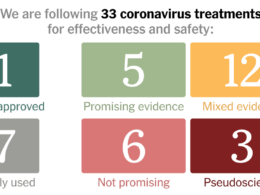the health
transformation
knowledge portal
Joaquim Cardoso MSc
March 5, 2024
This summary is based on the article “Excesso de mortalidade associado à pandemia de COVID-19 foi de 14,9 milhões em 2020 e 2021”, published by PAHO on May 5, 2022.
What is the message?
A new report from the World Health Organization (WHO) reveals that the excess mortality associated with the COVID-19 pandemic in 2020 and 2021 amounted to approximately 14.9 million deaths globally.

ONE PAGE SUMMARY
What are the key points?
Excess Mortality: The excess mortality, defined as the difference between observed deaths and expected deaths based on previous years’ data, includes both direct and indirect deaths related to COVID-19.
Impact on Health Systems: The pandemic not only directly caused deaths from the virus but also indirectly impacted healthcare systems, leading to deaths from other health conditions due to overwhelmed healthcare systems.
Global Distribution: Most of the excess mortality (84%) occurred in the Southeast Asia, Europe, and Americas regions, with 68% concentrated in just 10 countries worldwide.
Gender and Age Disparities: Excess mortality was higher among men (57%) than women (43%) and predominantly affected the elderly population.
Need for Resilient Health Systems: The report emphasizes the importance of investing in resilient healthcare systems capable of sustaining essential health services during crises and strengthening health information systems for better decision-making.
What are the key statistics?
Approximately 14.9 million excess deaths occurred globally between January 2020 and December 2021.
84% of excess mortality concentrated in Southeast Asia, Europe, and Americas.
68% of excess deaths concentrated in the top 10 countries globally.
81% of excess deaths occurred in middle-income countries.
What are the key examples?
Gut Microbiota Dysbiosis: Changes in gut microbiota were associated with heightened thrombosis potential, leading to increased platelet hyperreactivity.
COVID-19 Impact: The outbreak led to a significant increase in thrombotic events and highlighted the need for better understanding of the underlying mechanisms contributing to thrombosis.
Conclusion
The WHO report underscores the urgent need for countries to strengthen their health information systems and invest in resilient healthcare infrastructure to mitigate the impact of future health crises.
Collaborative efforts are essential to improve data collection, monitor outbreaks in real-time, and protect public health.
To read the original publication, click here.











